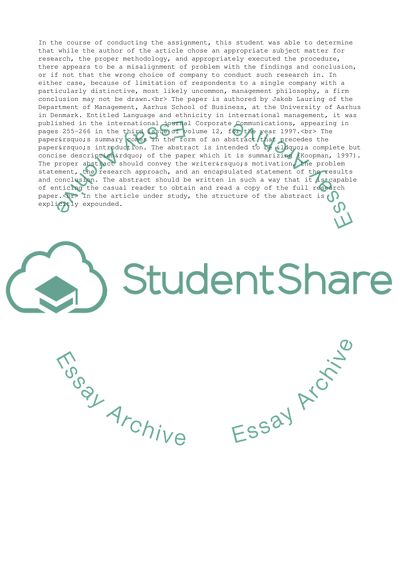Cite this document
(Language and Ethnicity in International Management Literature review, n.d.)
Language and Ethnicity in International Management Literature review. Retrieved from https://studentshare.org/management/1735569-mark
Language and Ethnicity in International Management Literature review. Retrieved from https://studentshare.org/management/1735569-mark
(Language and Ethnicity in International Management Literature Review)
Language and Ethnicity in International Management Literature Review. https://studentshare.org/management/1735569-mark.
Language and Ethnicity in International Management Literature Review. https://studentshare.org/management/1735569-mark.
“Language and Ethnicity in International Management Literature Review”, n.d. https://studentshare.org/management/1735569-mark.


